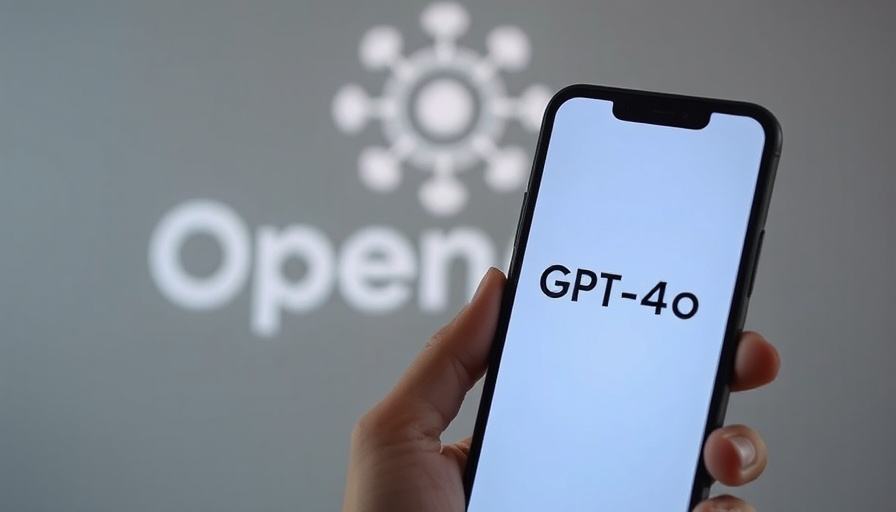
OpenAI Unleashes GPT-4o’s Image Creation Power for Everyone
OpenAI has officially rolled out its latest innovation—an integrated image generation feature within GPT-4o, available to every user, including those on free plans. This move marks a significant leap in how generative AI interacts with visual content, promising to transform both creative and professional fields.
How GPT-4o Enhances Image Creation
The new image generation system allows GPT-4o to utilize its knowledge base alongside conversation context to create context-aware visuals. According to OpenAI, this development facilitates accurate rendering of text within images while also maintaining stylistic consistency across edits. Users can now generate images based on complex prompts, including up to 20 different objects, making this tool immensely flexible.
Practical Applications for All Users
The examples OpenAI provides showcase the vast potential of GPT-4o. For instance, a simple character design can be refined through conversation, allowing designers to iterate seamlessly on a character’s appearance while ensuring coherence across multiple revisions. Marketers, too, benefit; they can generate entire restaurant menus or promotional materials visually, making communications clearer and more engaging.
Understanding the Limitations
However, OpenAI acknowledges that the model isn't without flaws. Current limitations include issues with cropping images, particularly for formats that require specific layouts, and its propensity to create inaccuracies, commonly referred to as 'hallucinations,' especially with unclear prompts. Furthermore, it may struggle to accurately depict complex concepts and show multilingual text effectively.
Future Trends in AI-Powered Visuals
As this feature sets the stage for future technological advancements, it opens discussions around the implications of AI in creative industries. Will this disrupt traditional methods of design and image creation, or will it augment human creativity? As tools like GPT-4o become integrated into various workflows, we are likely to witness a redefinition of how visuals are created and used, especially in fields such as marketing, education, and entertainment.
Finding Value in Technological Integration
The integration of image generation within GPT-4o is indicative of broader trends in technology, from the implementation of AI in everyday tasks to its transformative effects across industries. Understanding these innovations can empower users to leverage new tools more effectively, adapt to emerging technologies in their domains, and stay ahead in a rapidly evolving tech landscape.
To sum it up, OpenAI’s advance in the image generation space is not just about technology but about fostering creativity, improving communication, and redefining content creation. As we delve deeper into the year, the impact of such disruptive technologies continues to ripple through the tech industry.
 Add Row
Add Row  Add
Add 




Write A Comment